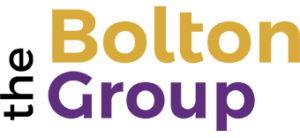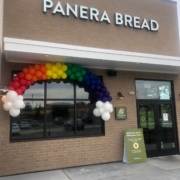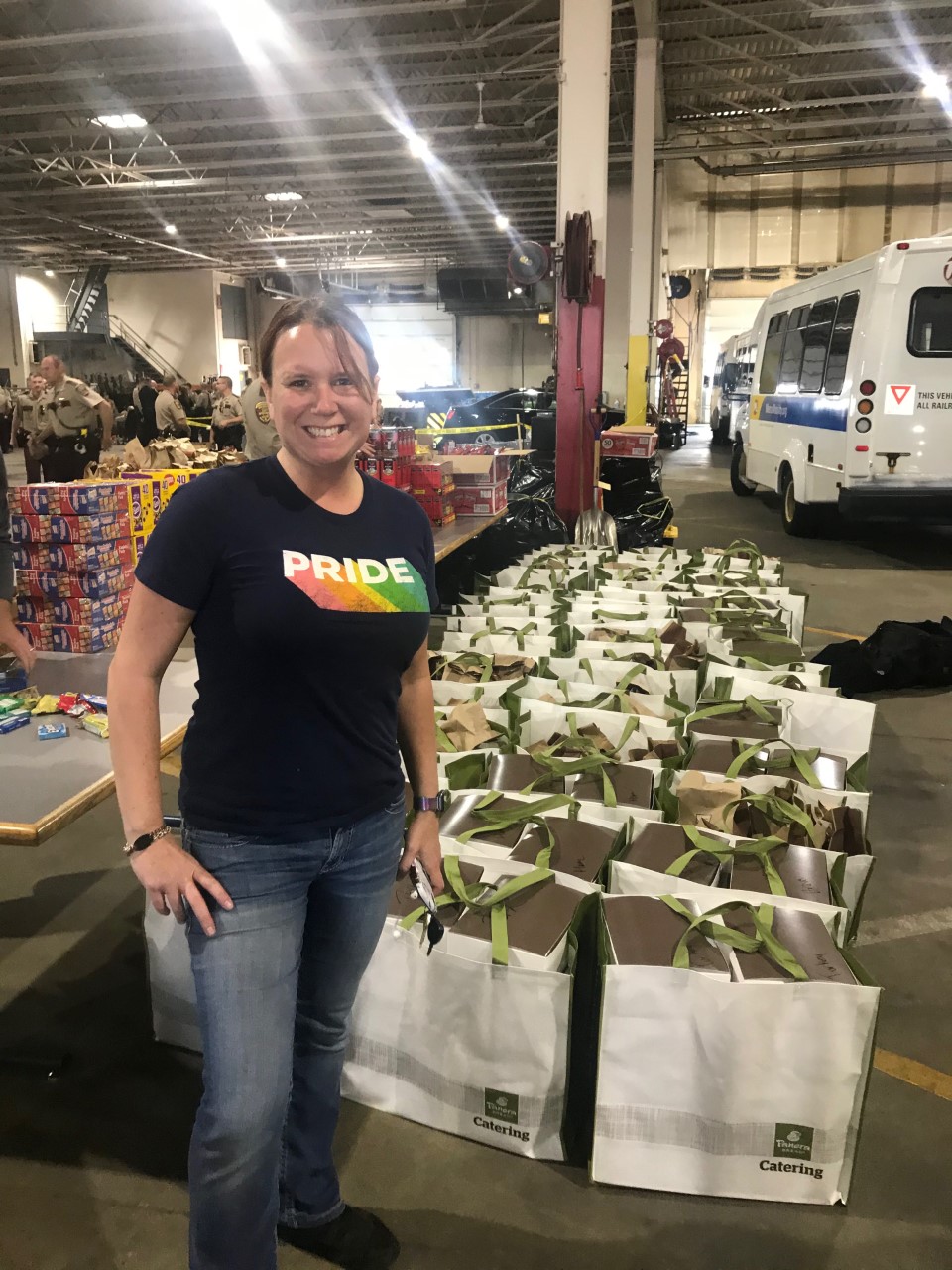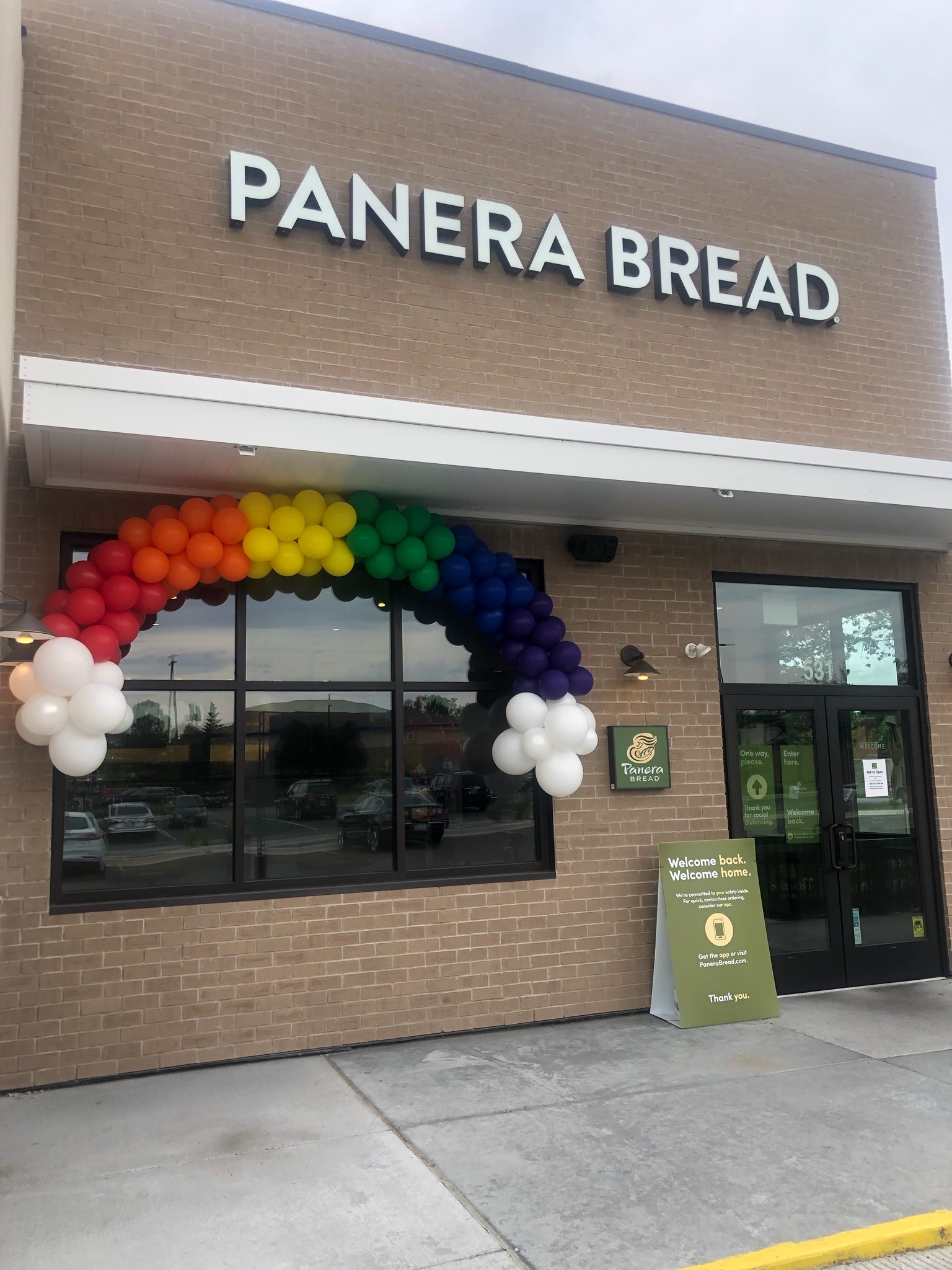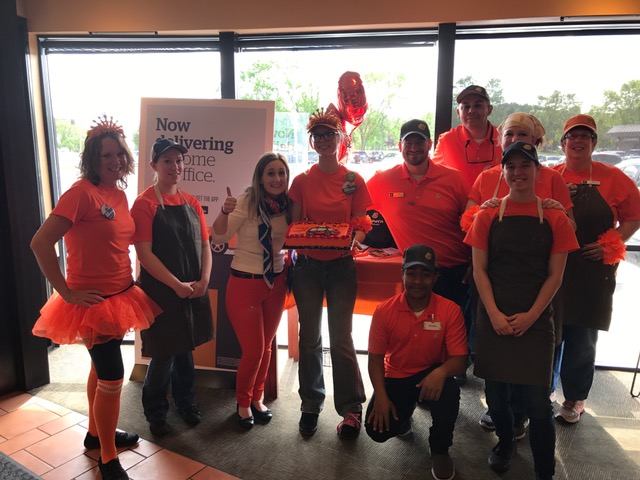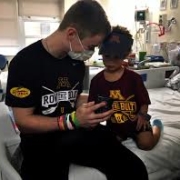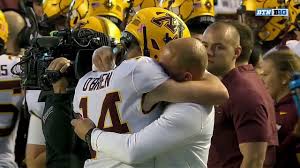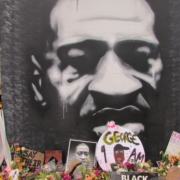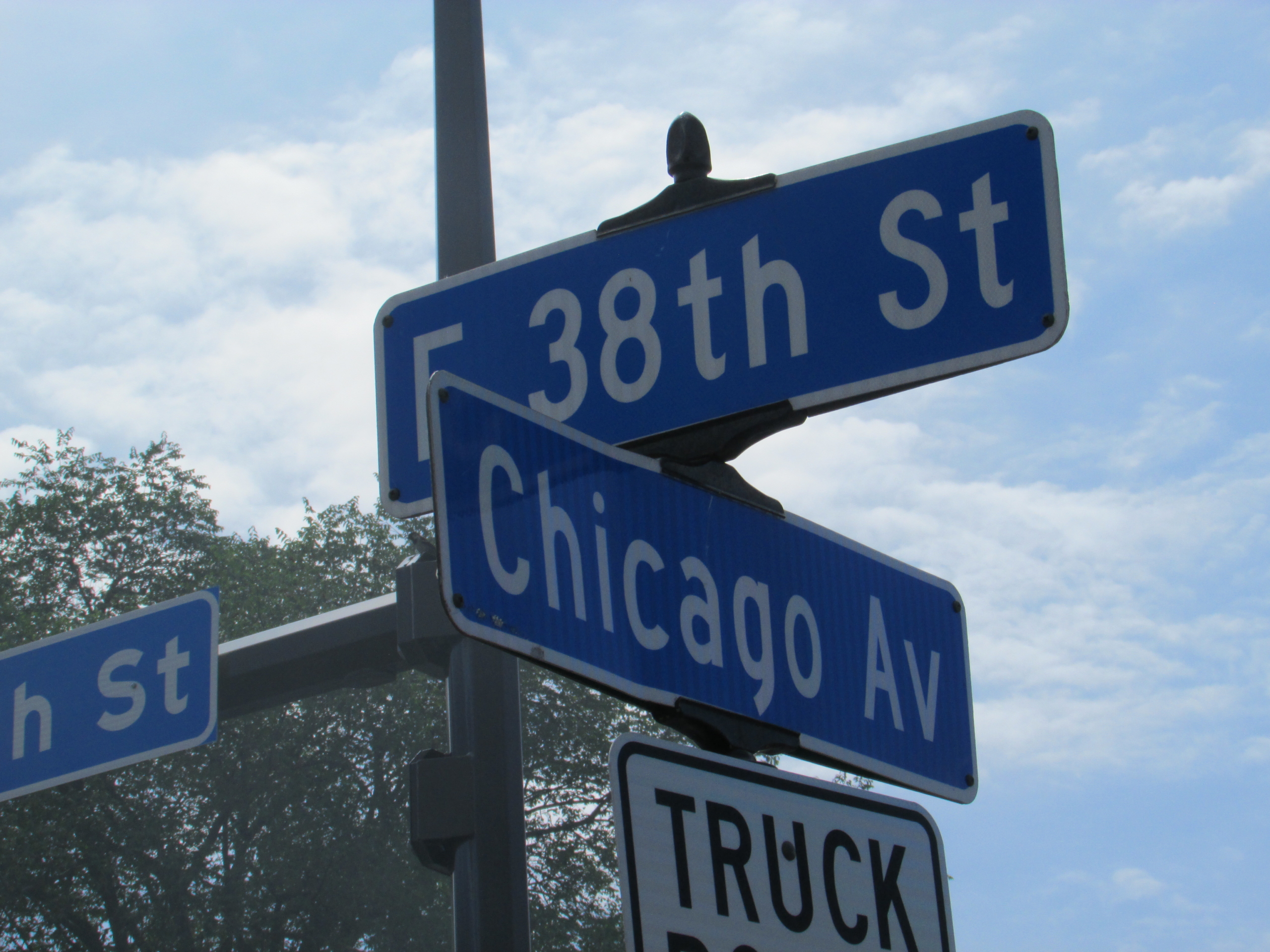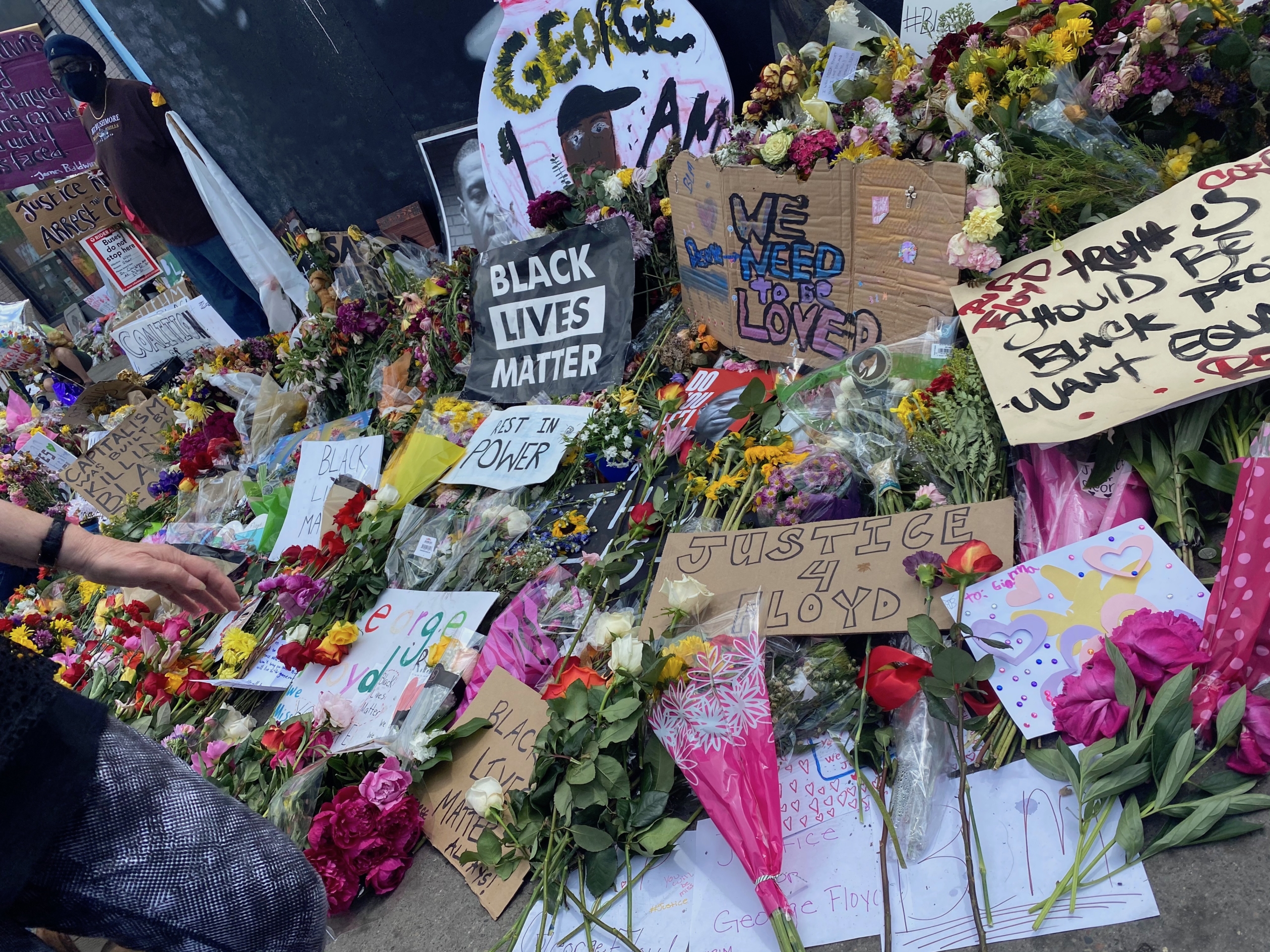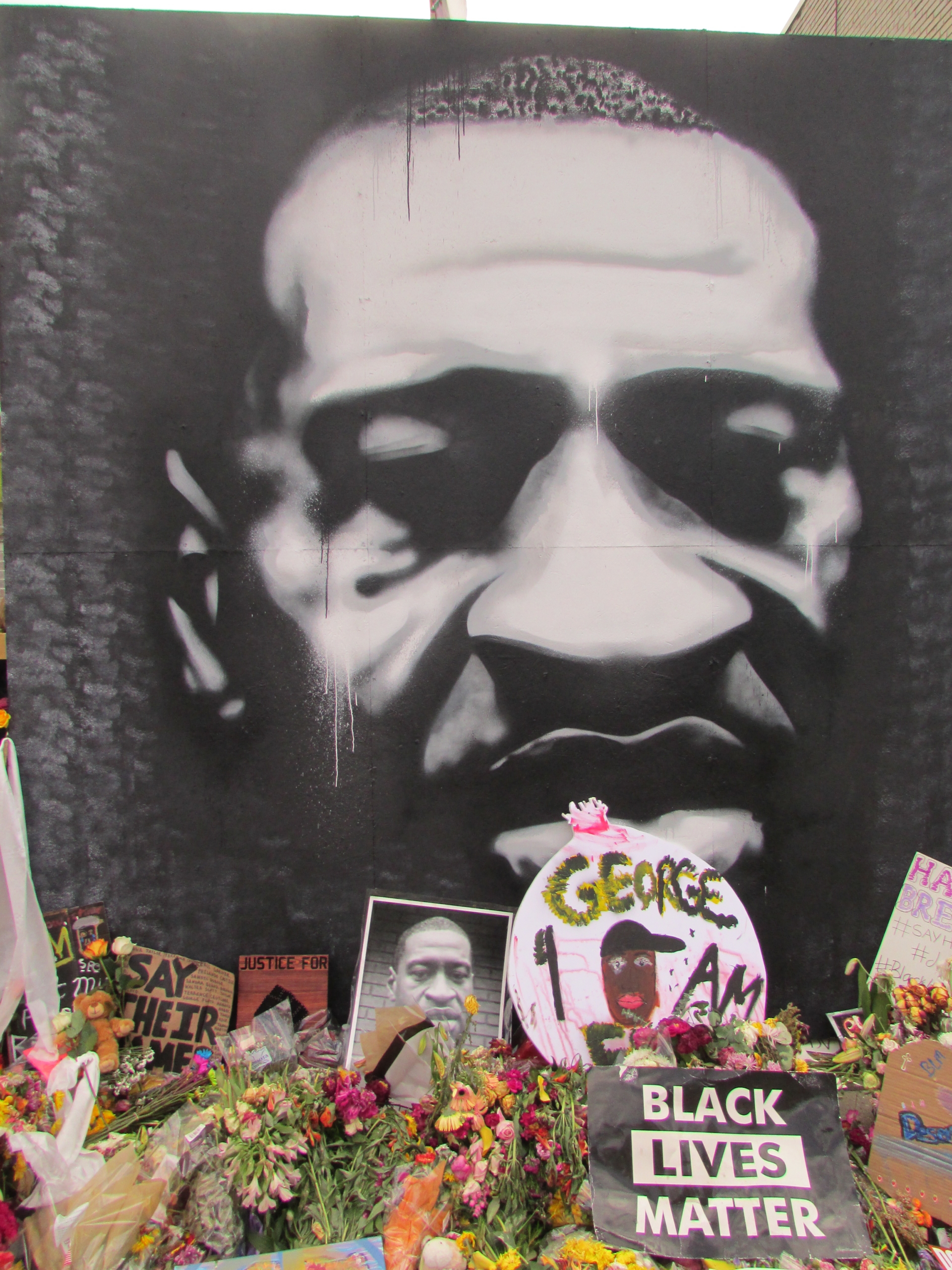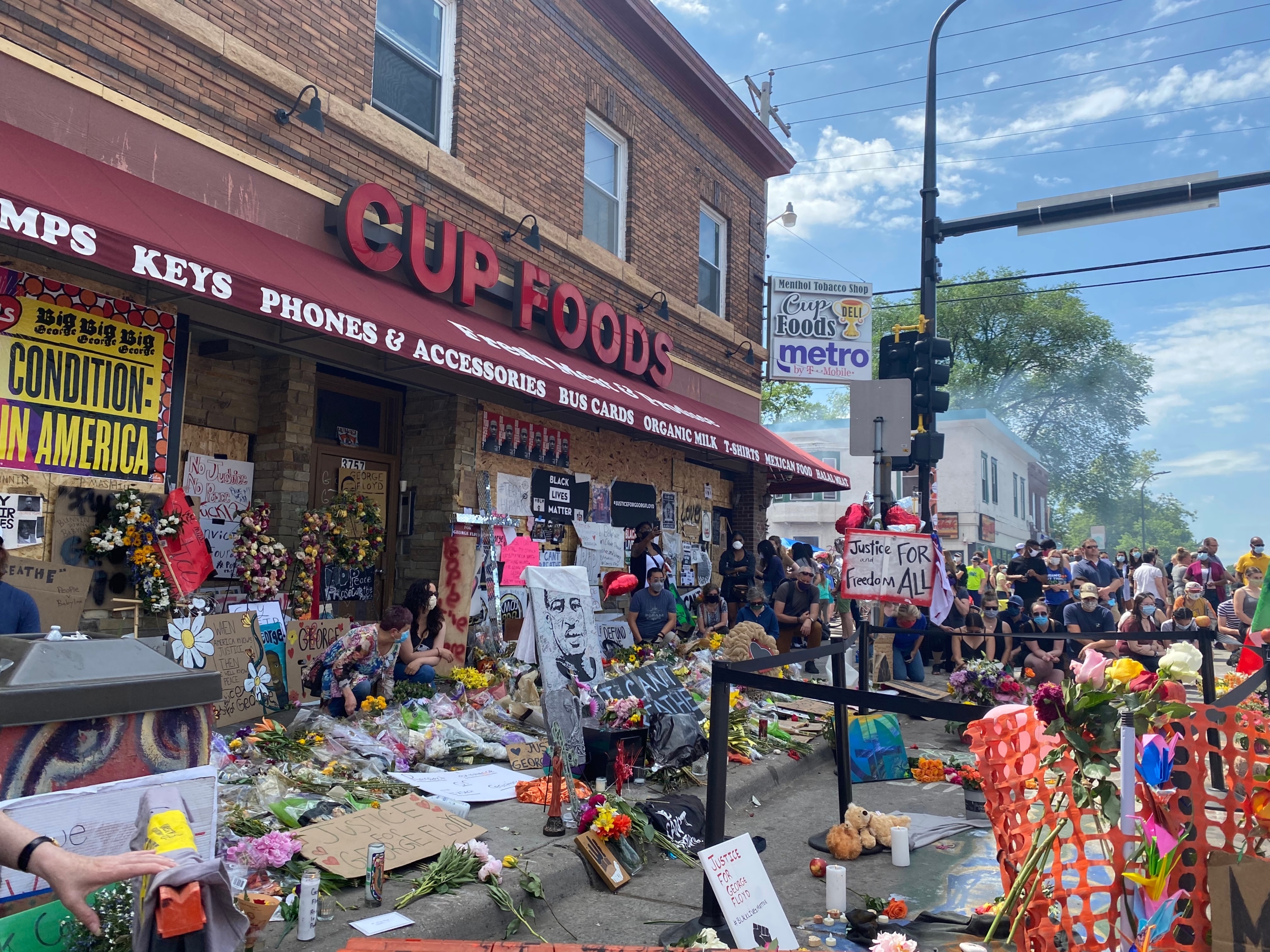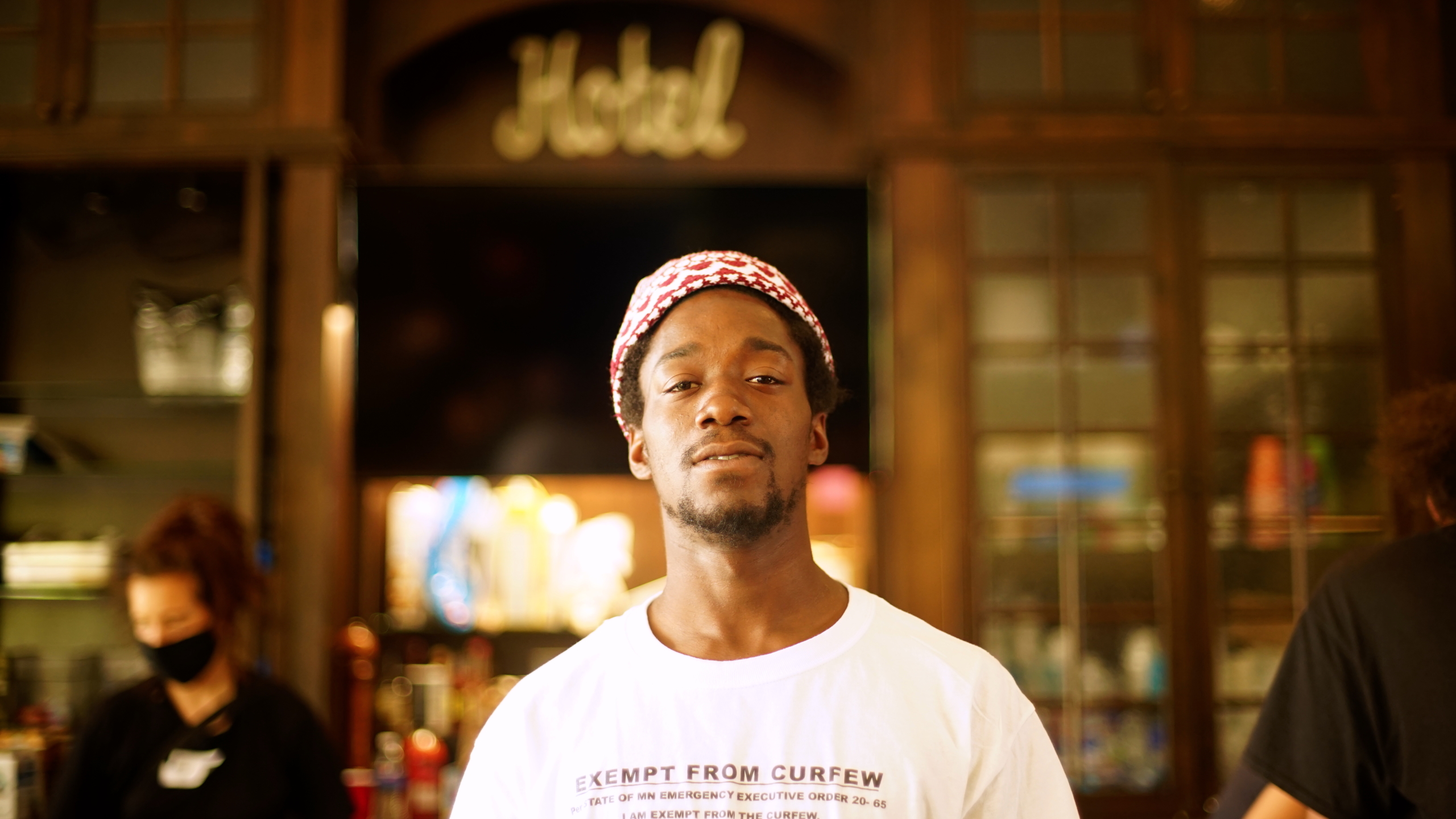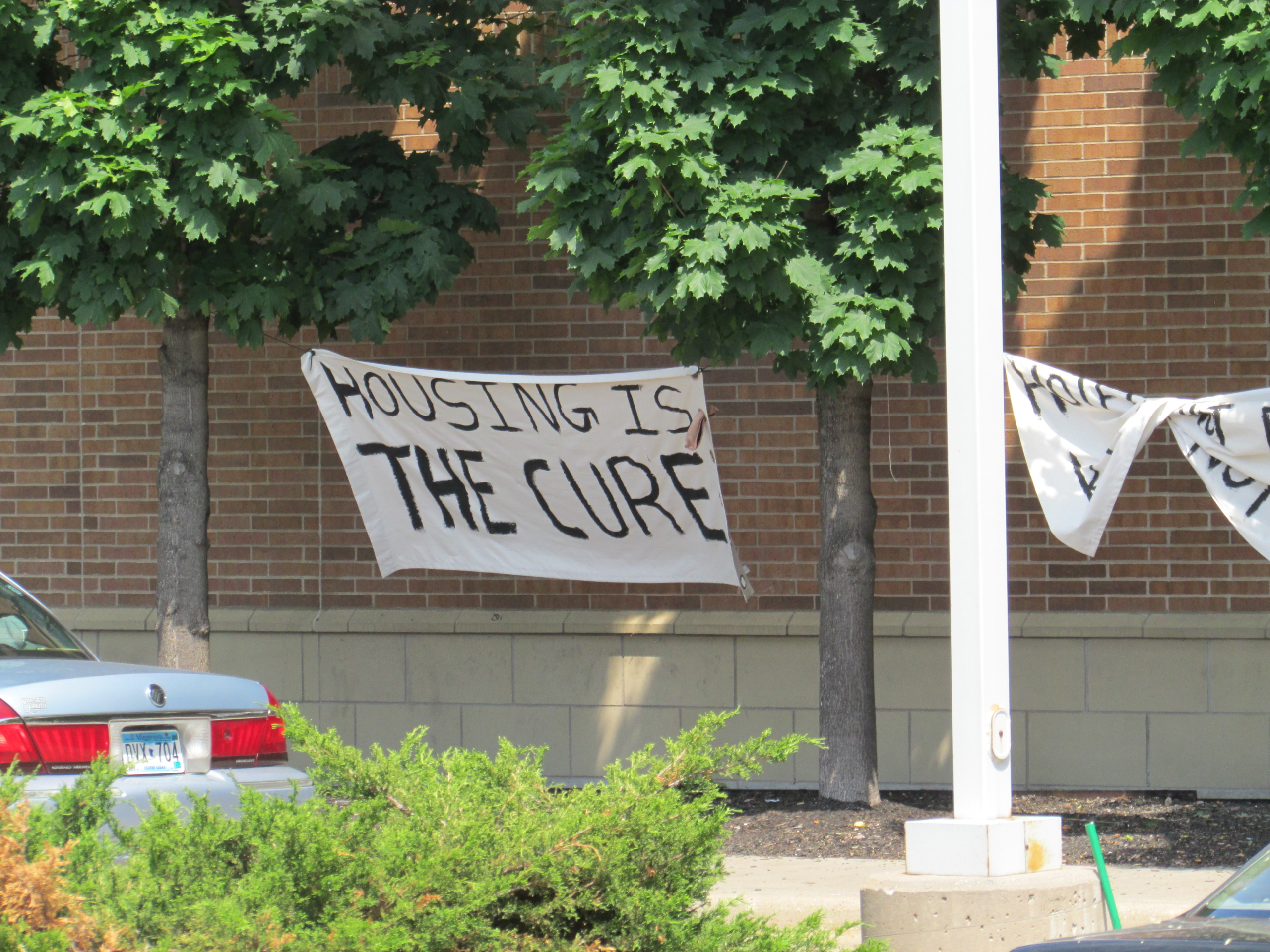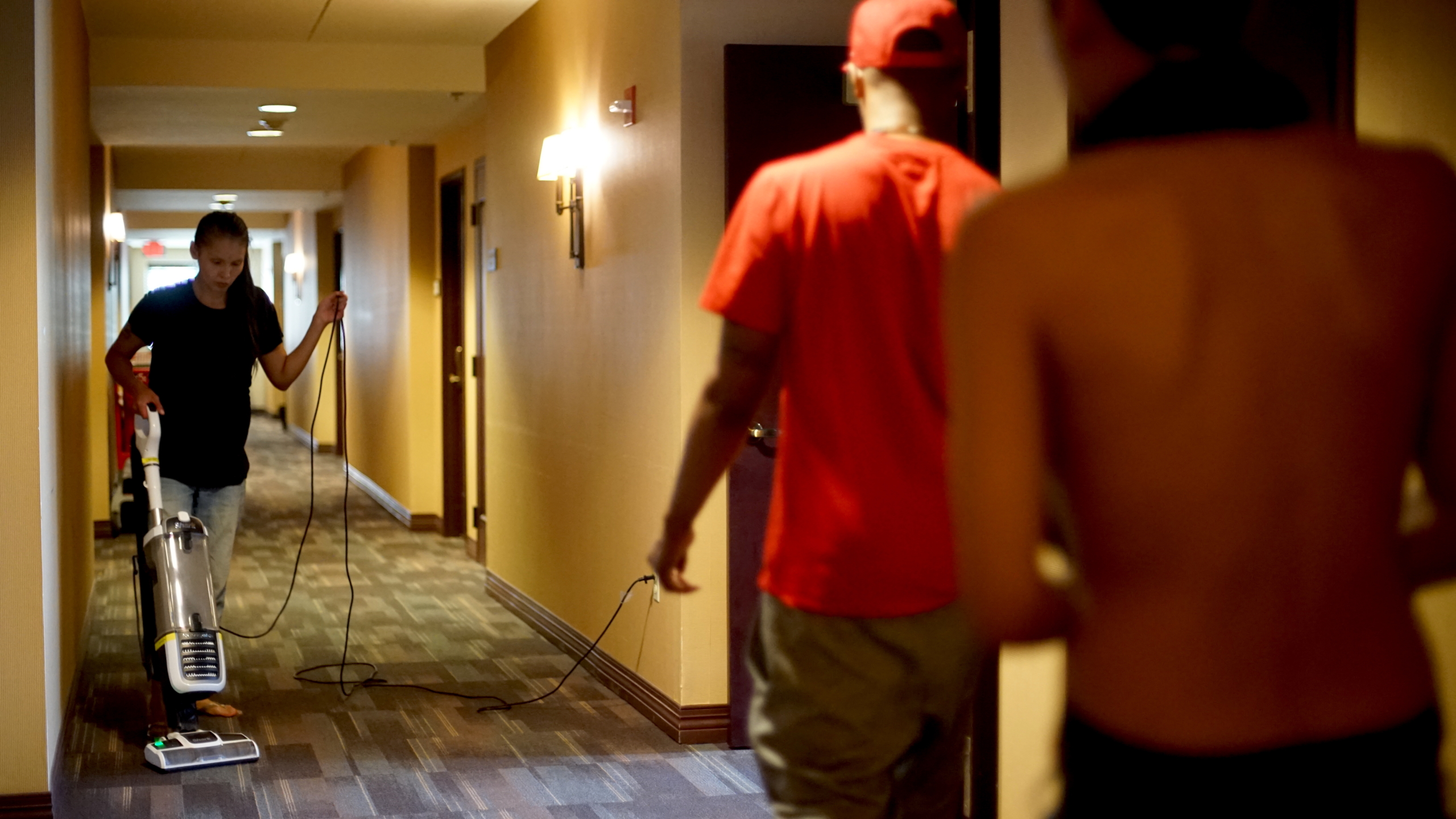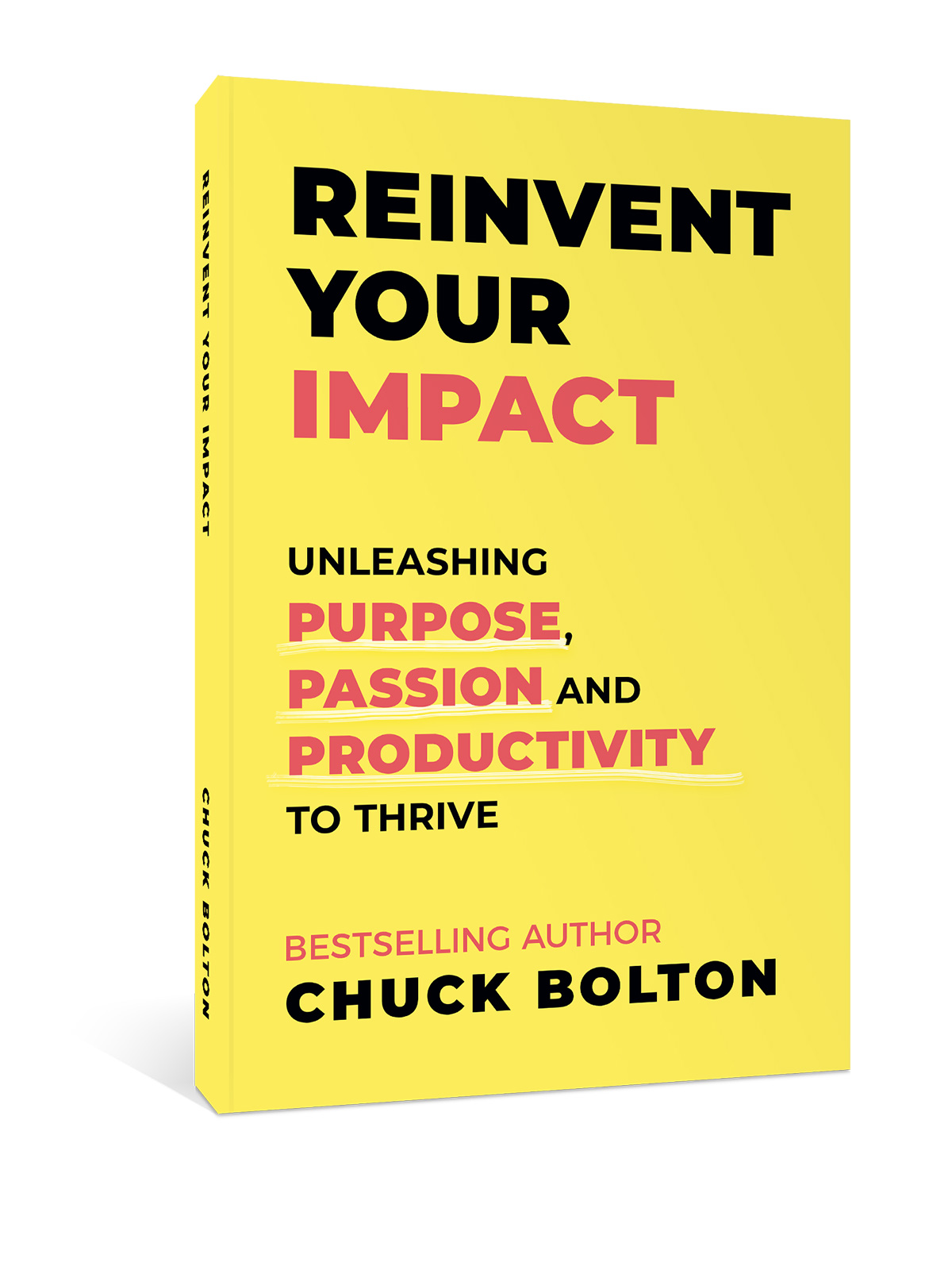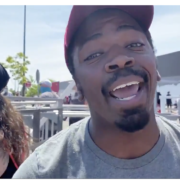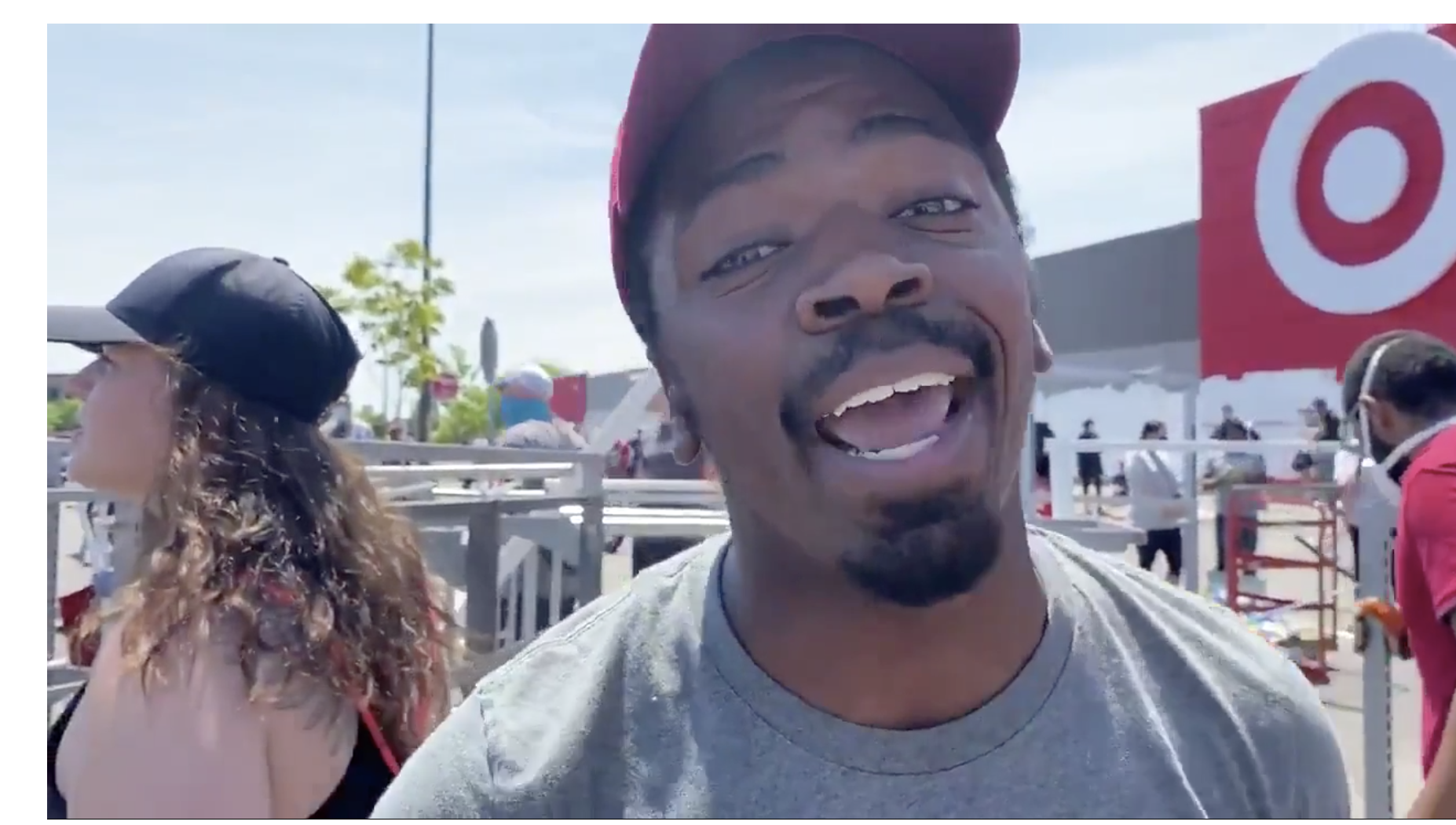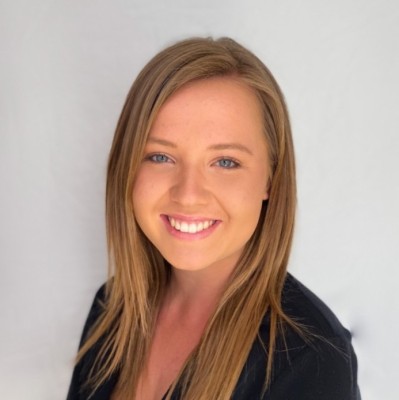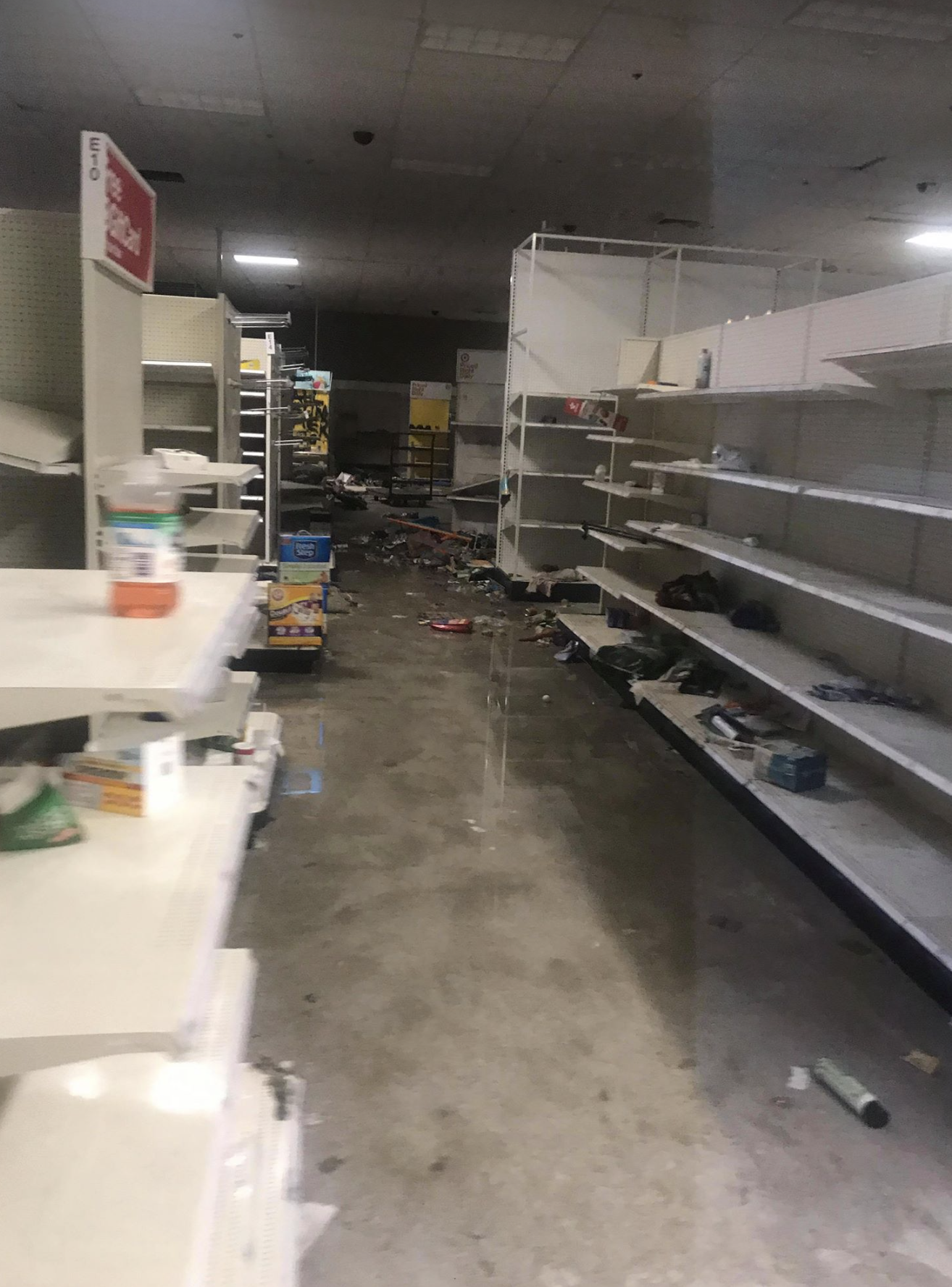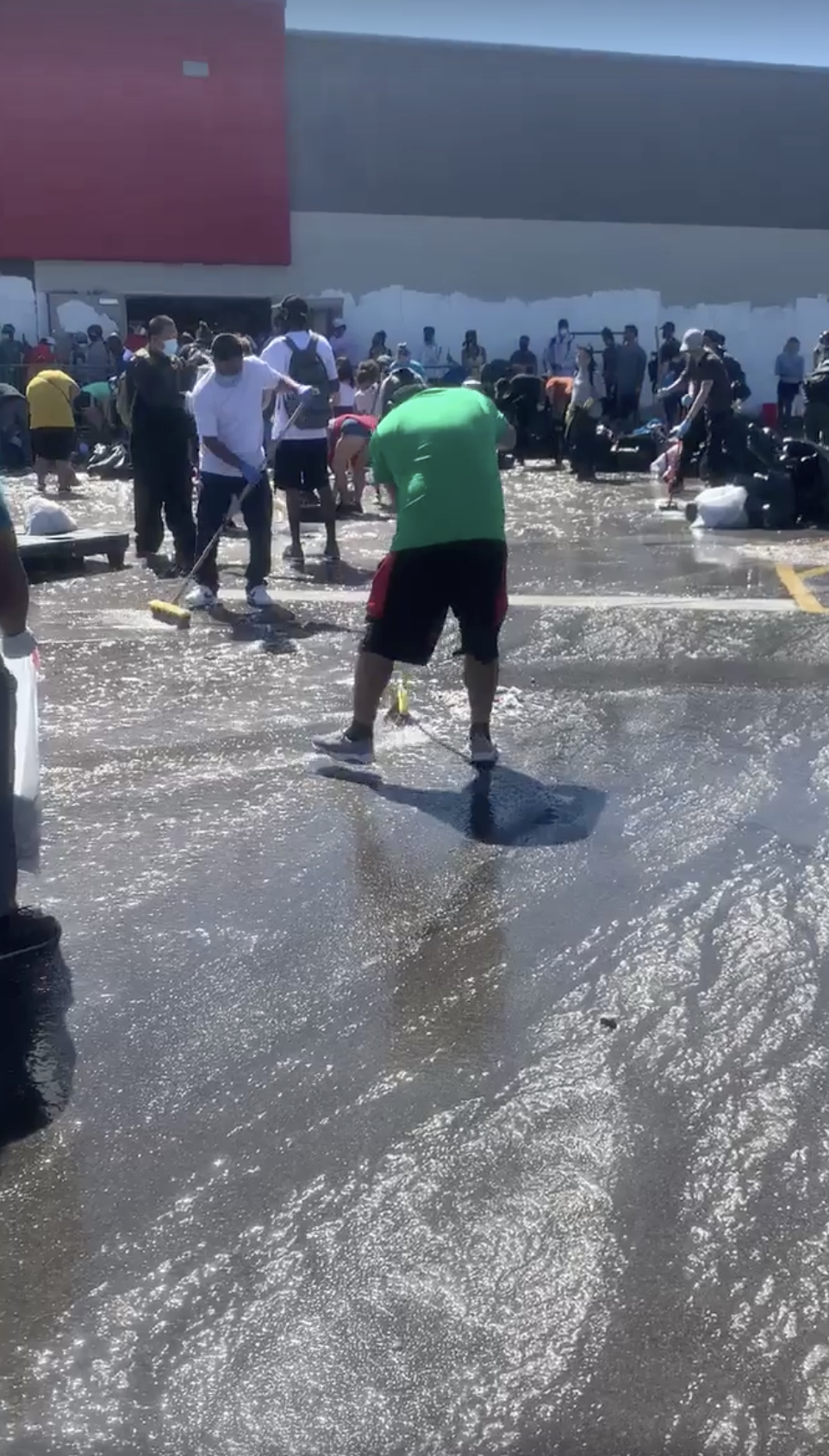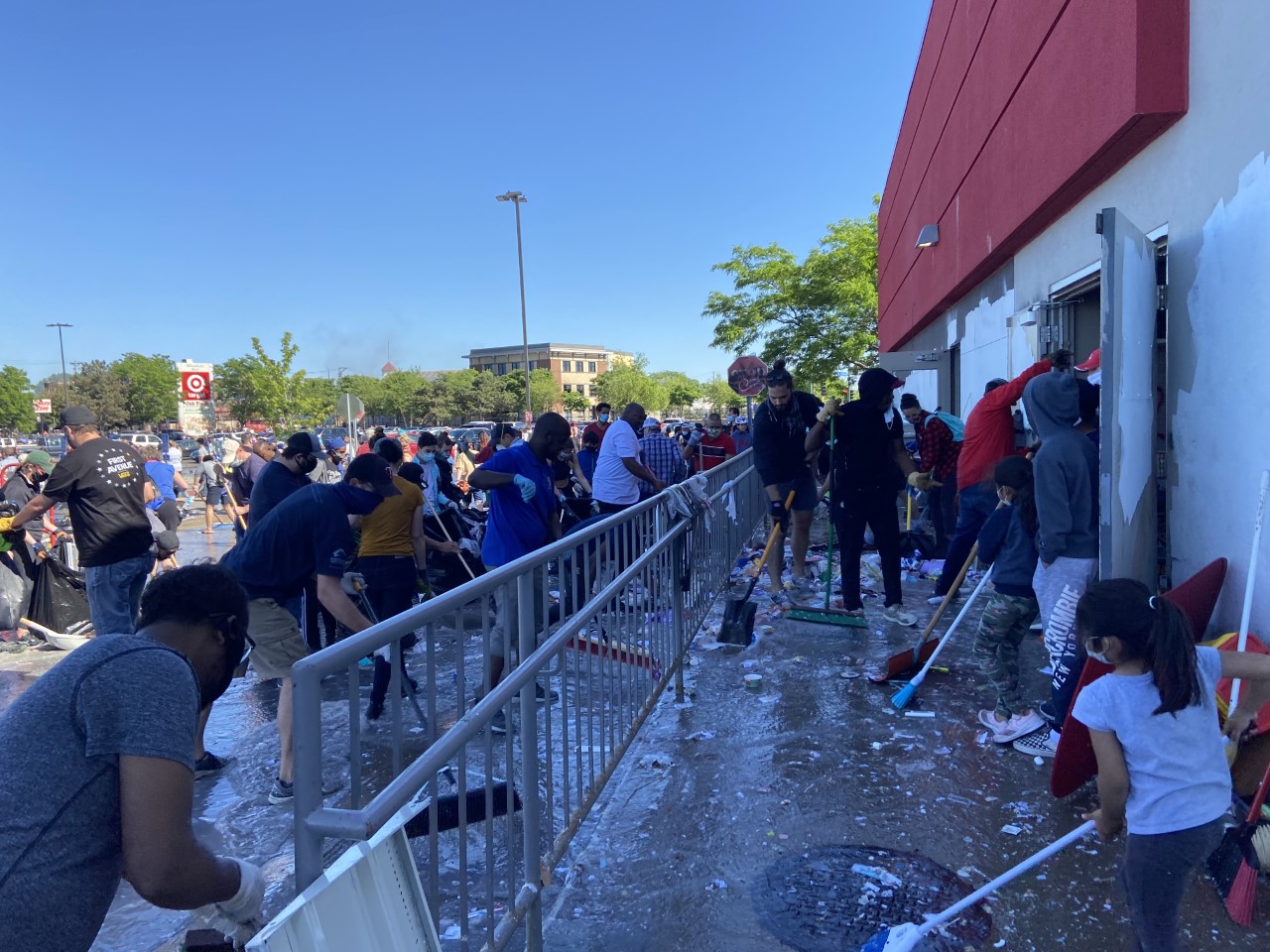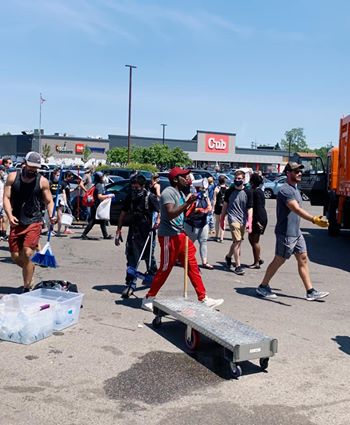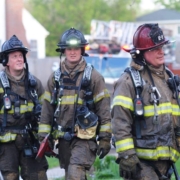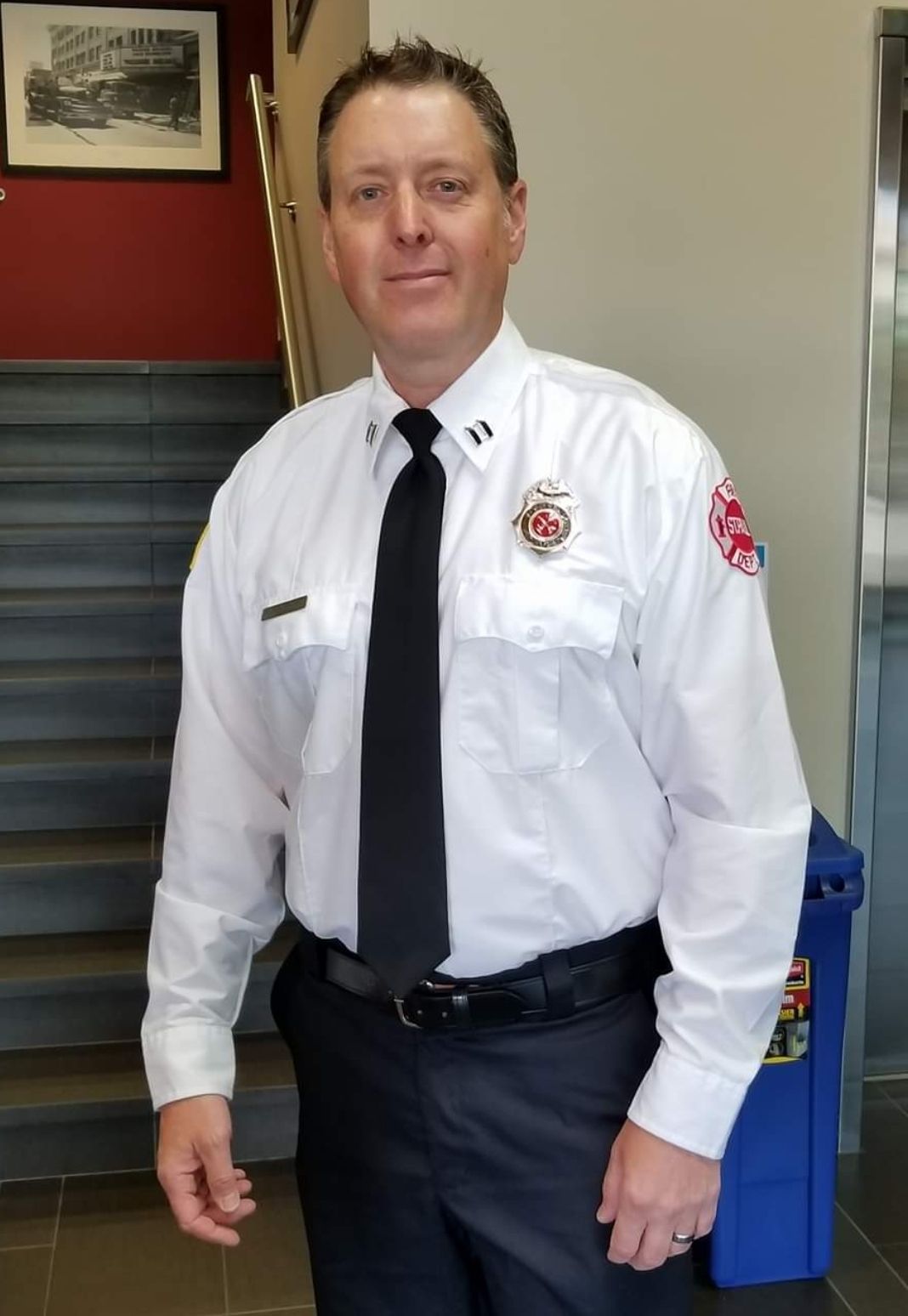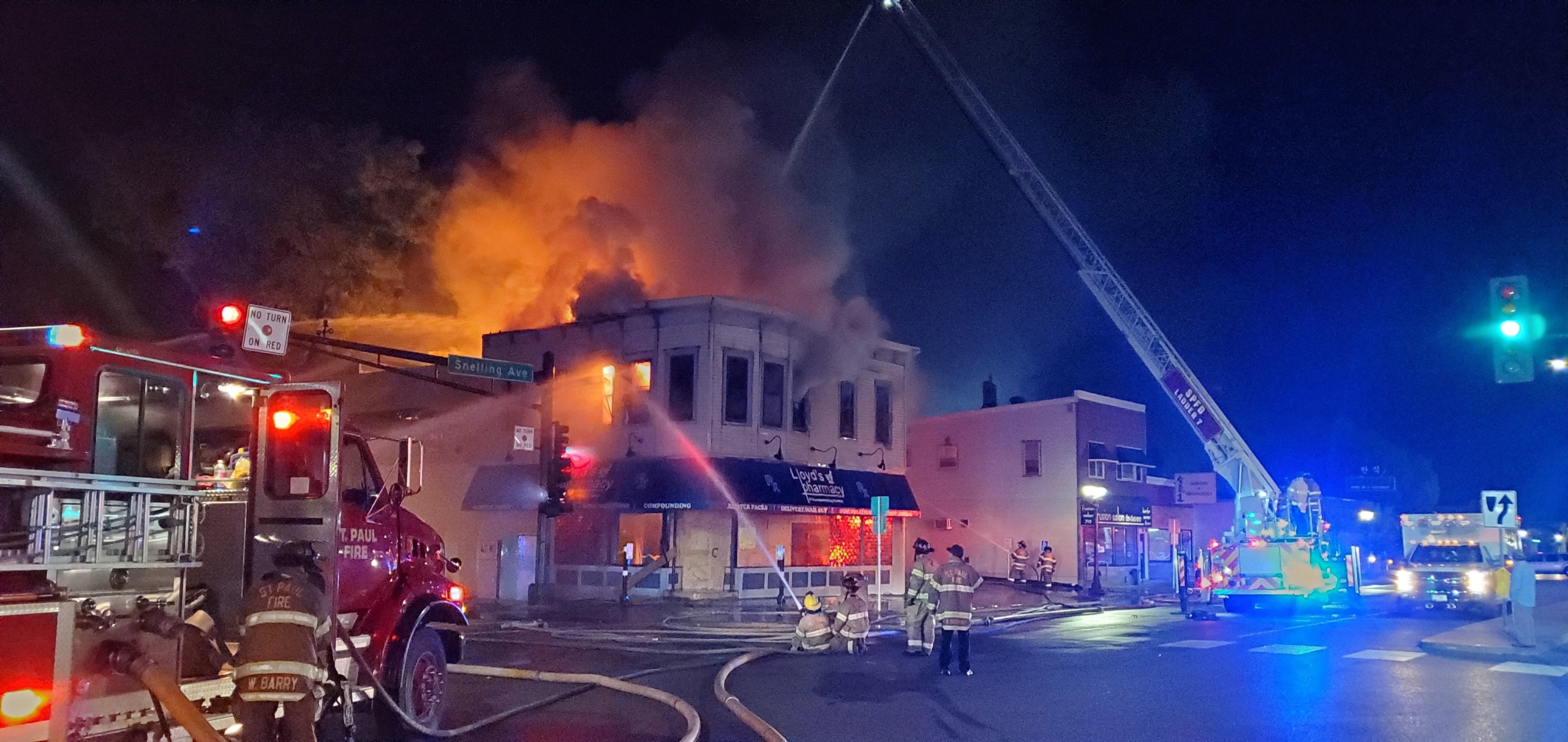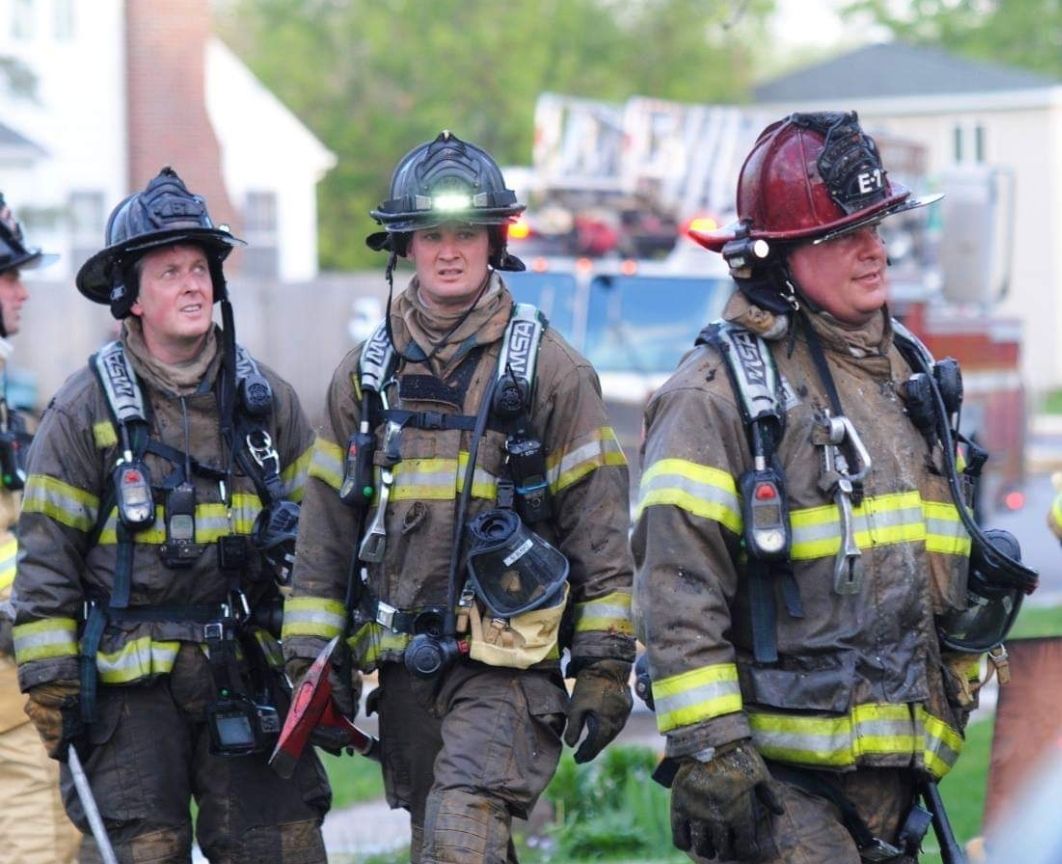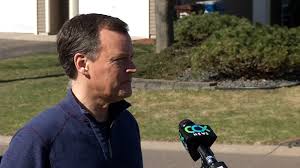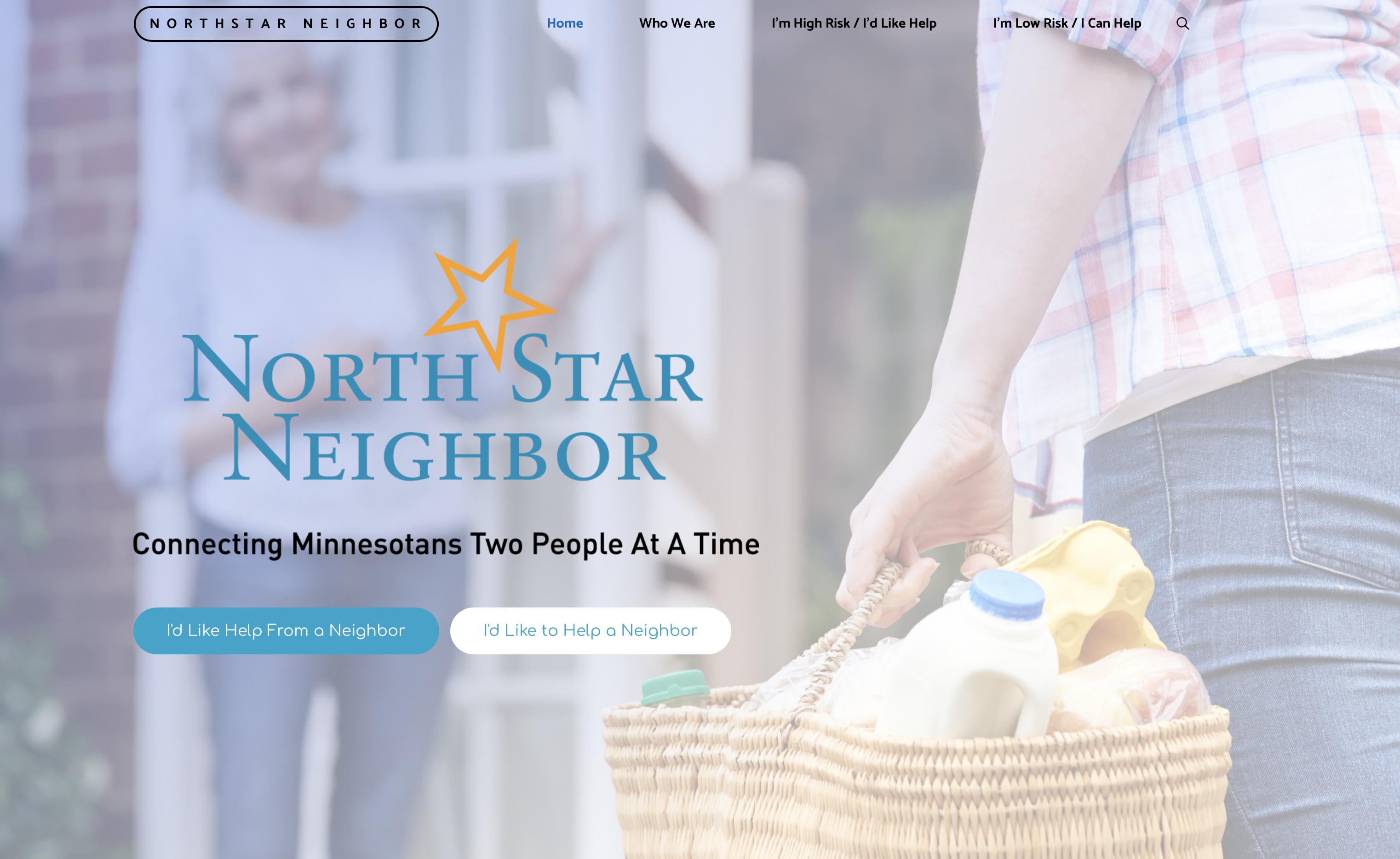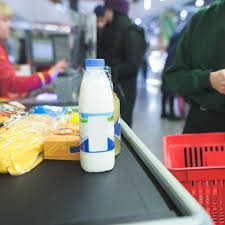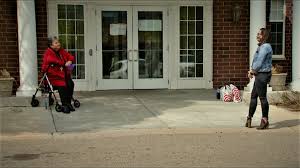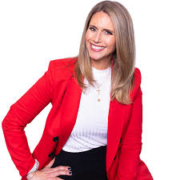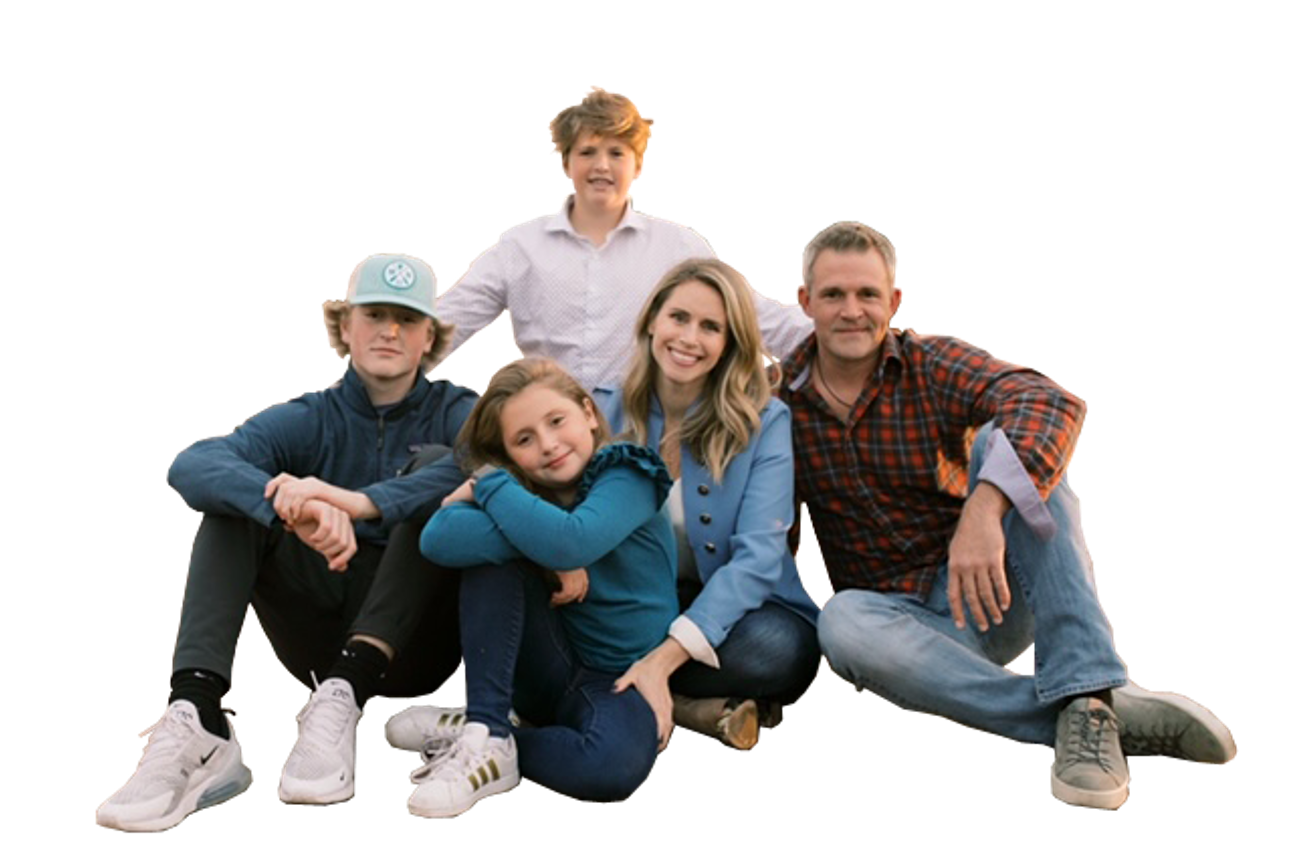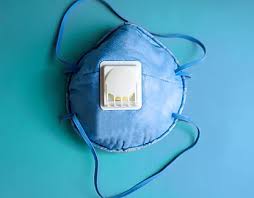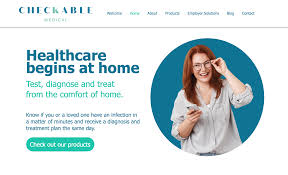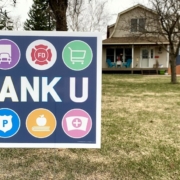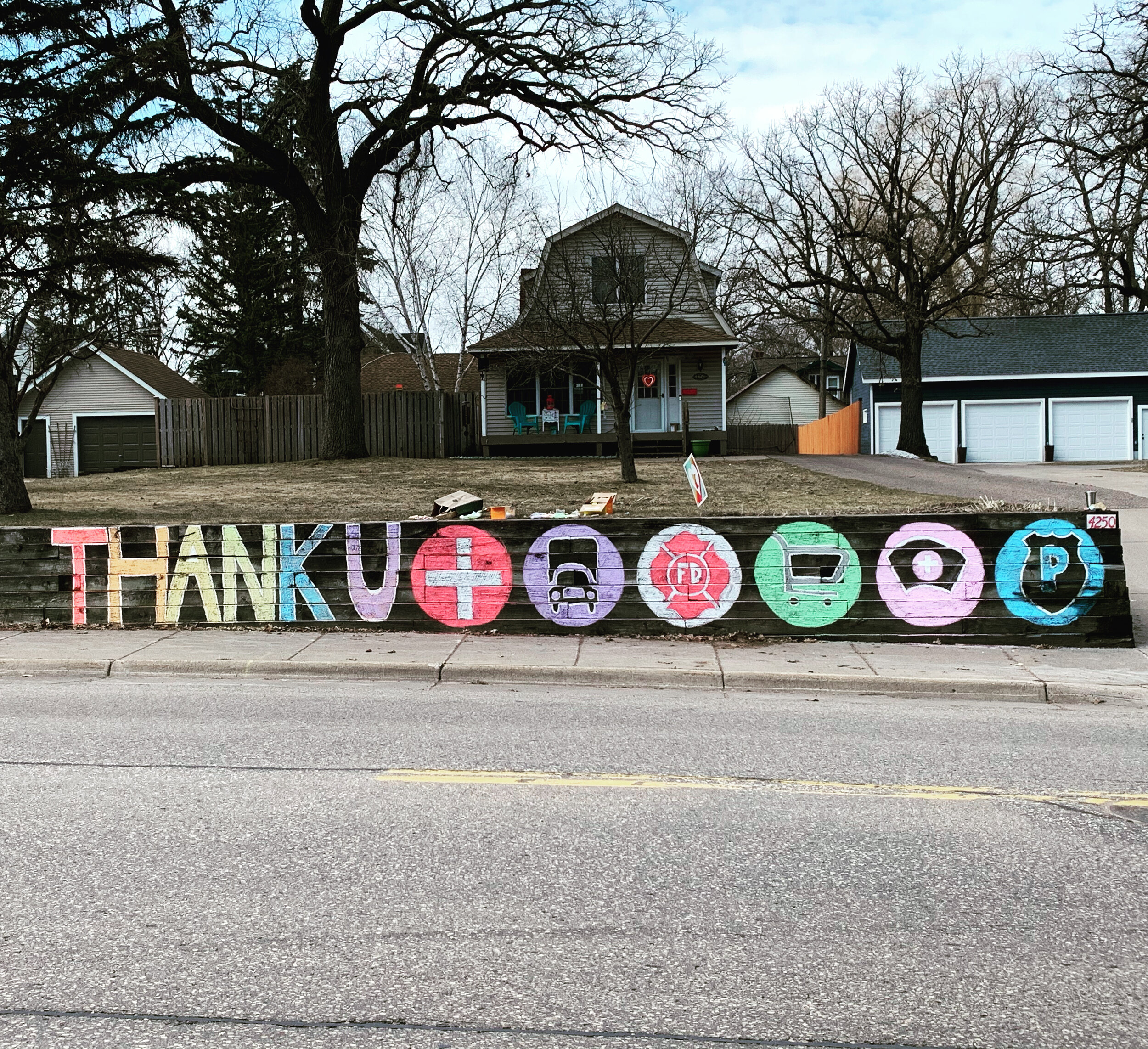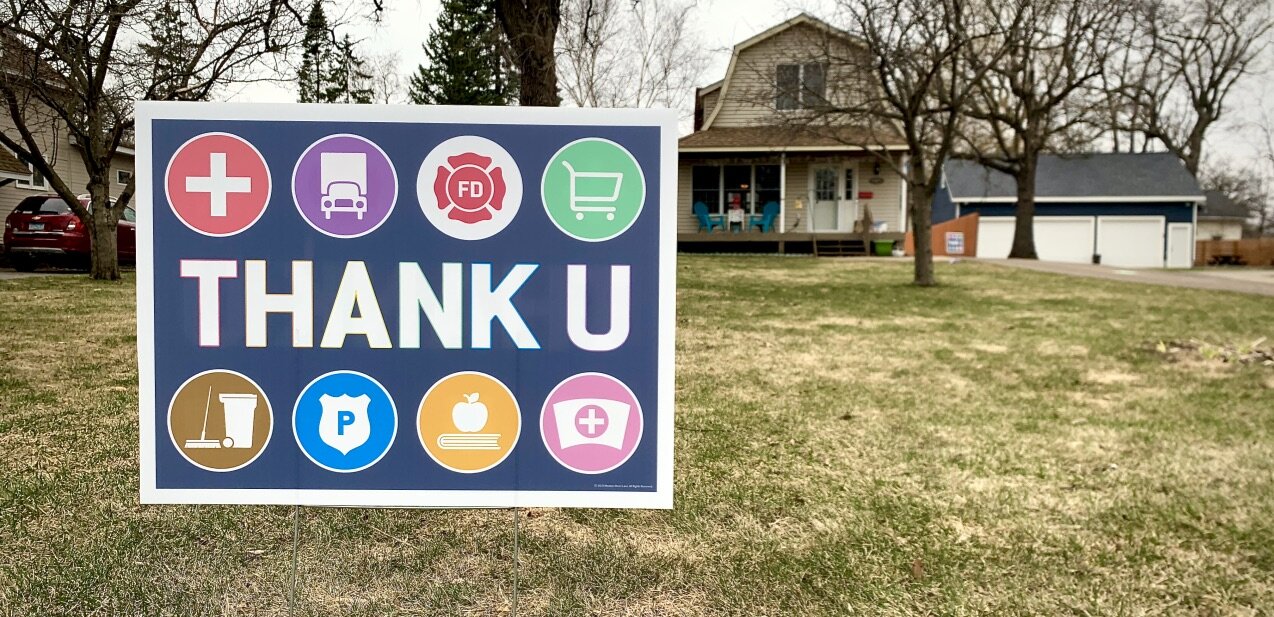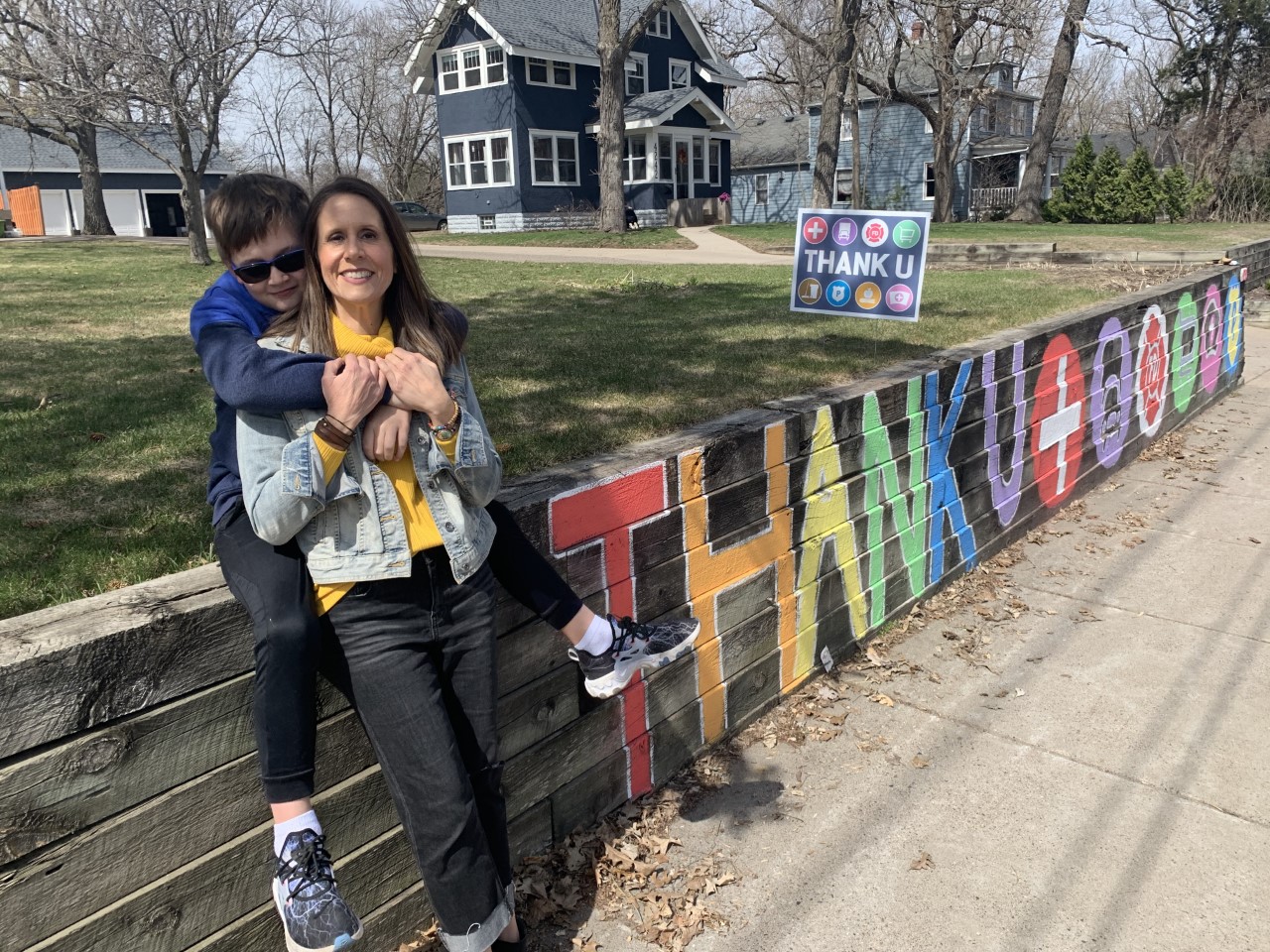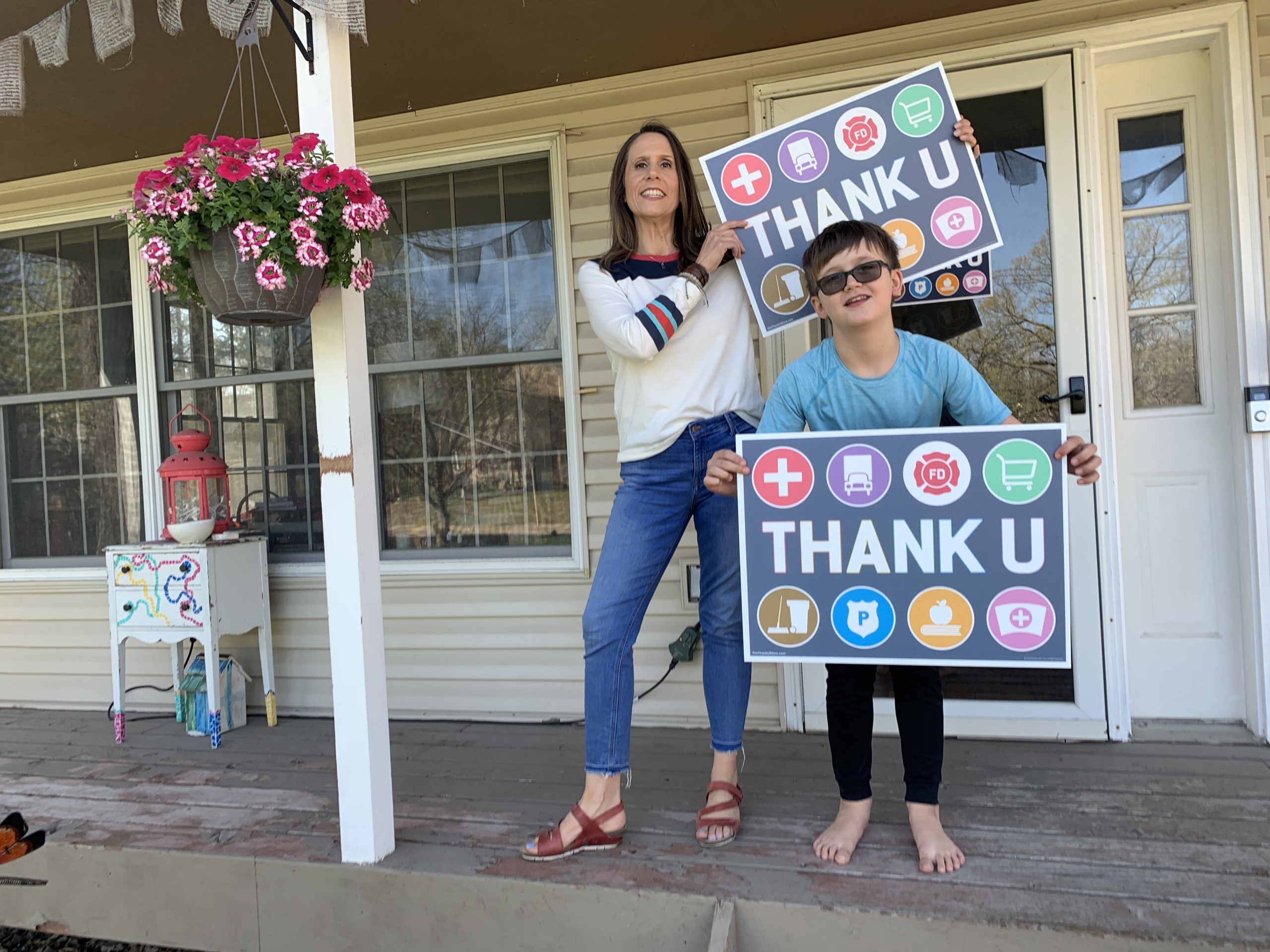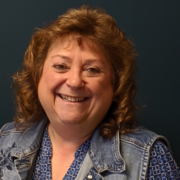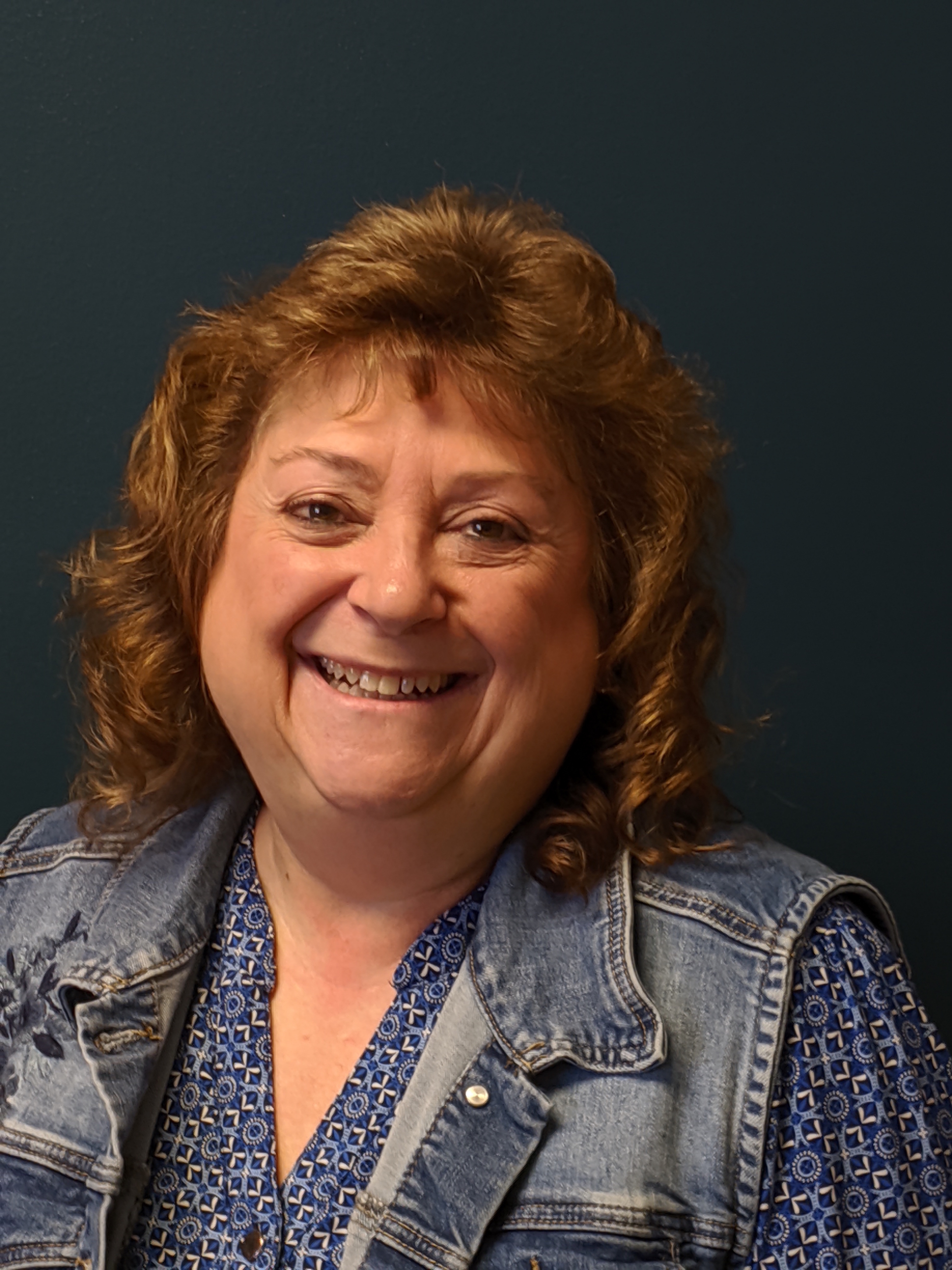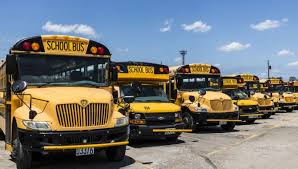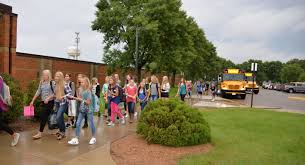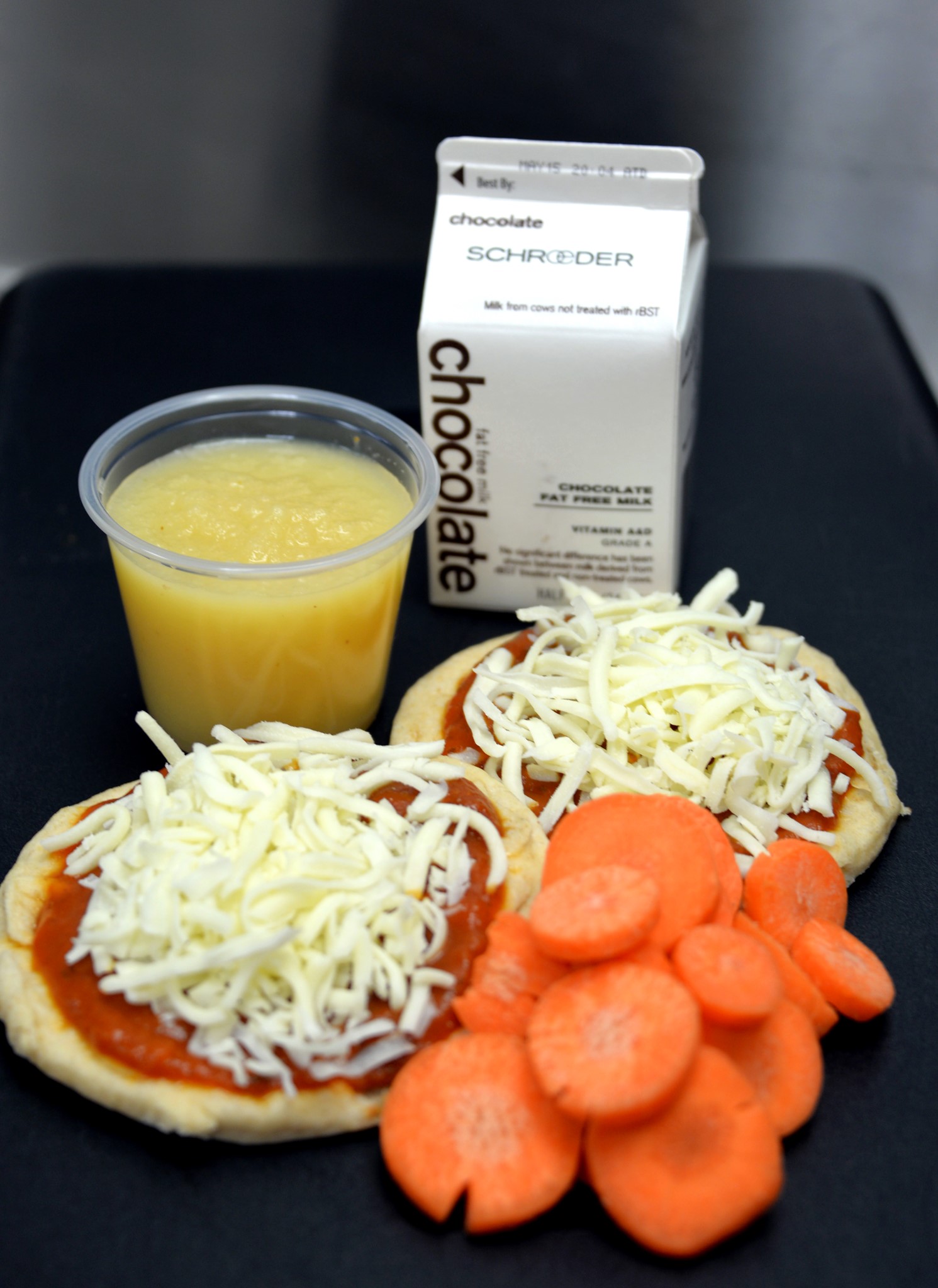How Marie Benesh Leads by Her Purpose of Serving Others During the Pandemic and Unrest: “I Want Everyone to Feel Better and Be Better”
Responsible for nine Panera Bread cafes in the Twin Cities suburbs throughout northern Minnesota during the COVID-19 pandemic, Marie Benesh gets out of bed each morning to serve people. That’s her purpose. She serves her team of general managers and their teams in nine locations and her general managers and associates serve their guests – that is, the customer.
As an Area Operating Partner for the past four years, Marie is responsible for the overall health of her nine bakeries. That means team member satisfaction, customer satisfaction, sales, profitability, people development and food quality. The buck stops with Marie for her area.
Marie’s approach to leadership is to motivate others. She says her credibility as a leader is the sum of the people she’s surrounded by. She places a lot of effort in their development and enjoyment at work.
She says, “I’m first a people person. I want everyone to feel better and be better. I lift them up, so they feel more competent and capable. If they are great, that does it for me! I try to motivate them, act as a cheerleader of sorts. I have open discussions with each of my general managers. We operate by very high standards. I’m transparent with each about where they are. Work can be draining and hard, so I like to make work fun and when it’s time to play, we play as hard as we work.”
How Marie serves people has completely changed since mid-March of 2020. How guests are served is entirely different. There are no guest interactions in the dining rooms today. All food orders are served to go. The sales patterns have changed. Drive through sales have accounted for 30% of the business and now comprise 60% of the business. A new Panera grocery channel has been quickly added so guests can order loaves of breads, jugs of milk, avocadoes, tomatoes and other products to pick up. Curbside service has been a new add on for the convenience and safety of guests.
The COVID crisis has been particularly tough on the restaurant business. Some of the support staff was furloughed, cafes have been closed, and managers have taken pay cuts so the cafes can continue to operate. Marie adds, “It’s a more intense time this period. We’re taking temperatures of assoicates and asking our folks if they are feeling well before they start their shift. All of us are wearing masks. It’s hard on us all to not see the smiles of one another.”
Marie’s job is to keep Panera viable through this uncertain period. They are using coupons now for the first time and other approaches to maximize sales during a period when diners can no longer order and eat in the dining room.
Marie says, “How I serve my general managers has completely changed. For the first month after COVID, we had a daily conference call. We needed to share information in a rapid-fire way and make sure everyone is aligned. By mid-April, we were getting a rhythm, so we reduced our calls to once a week and check-ins as required. We became more planful and less reactive. How does the week look? How about our month and quarter? We’re trying to get back to a new normal.”
To survive and thrive, a must is being brilliant at the basics. “First, each Panera location has to ensure the safety of the food. Then, we have to focus on the wellness of associates and guests. Are our associates protected and are our guests protected? Are we protecting the company? Are we keeping the company viable for the short-term and long-haul?”, Marie adds.
Marie misses her guests. She said, “A number of the regulars who enjoyed a cup of coffee in the dining room as part of their daily routine were people I got to know and used to get hugs from. It was part of their day. We’re fortunate that patios have opened, and we anticipate the bakeries will be able to open at limited capacity very soon.”
While the COVID crisis has thrown all restaurants a curve ball, Marie doesn’t lose sight of the longer term and the need to continue to build the capabilities of her team and to build good partners with the community. “We need to continue to build a healthy culture where everyone feels valued and we continue to be good partners to our local communities”, Marie said.
To accelerate the number of women in management and leadership roles, Marie is sponsoring a Woman’s Leadership Group for her area. Along with her colleagues, they’ve identified twenty female associates who have leadership potential. Through the leadership program, they will build the skillsets and abilities of their female associates, so they gain confidence and increase their capabilities in order to grow in their careers.
Marie says, “We have associates who with a bit of encouragement and help, could become a shift lead, and then, in time, a general manager. I want to help them take that step. At one time, I was a single mom with two young children. We encourage them that they don’t have to be perfect, they can learn, grow, and get promoted, increase their earnings and having rewarding careers at Panera.”
Another initiative that Marie has sponsored is the Pride Parade. Panera planned on participating in Pride Parade in Minneapolis for the first time in 2020. Unfortunately, due to the pandemic, the parade was cancelled. But Marie and one of her general managers have sponsored the I Belong movement to ensure members of the LGBTQ community feel welcomed and belong. They’ve served Pride Alliance cookies at their stores. They had a Rainbow Out Day at their Chanhassen location. Associates there wore rainbow colors and set up a rainbow arch that associates and guests could sign. Marie adds, “We welcome all people and give them the encouragement to be transparent about who they are. We want all of our associates and guests to be comfortable bringing their unique selves to our bakeries. It’s important to me to be an ally to the LGBTQ community.”
Since the COVID crisis, food insecurity in Minnesota is on the rise. It’s estimated that 1 in 11 people suffer from food insecurity in the state and 1 in 8 children suffer from food insecurity. To help those in need, Panera has a program for leftovers. All leftover food goes to local shelves, they partner with. The product is still good, but since Panera bakes its breads daily, if bread is not consumed the day it is made, it goes to the food shelves to be donated to those in need.
Marie talks about her general manager, Julie, who heads the Panera operation at Abbott Hospital in south Minneapolis, about one mile from where George Floyd was murdered and very close to the fires that occurred the nights of May 28 & 29. As most of Julie’s associates live in the community and rely on public transportation, and public transportation service has been curtailed during the pandemic, Julie has been picking up and dropping off associates so they can work, serve and receive a paycheck. Marie adds, “That’s typical for our general managers. We do everything we can to help our associates and guests. I’m so proud of the good people on our team.”
The general managers and their teams are always happy to serve the needs of first responders, requests which sometimes come with little notice. Marie described the morning of Saturday, May 30th. At 8:15 am, she received a call from the Minnesota National Guard, which had just mobilized guard members the previous day, to quell the unrest in Minneapolis and St. Paul, following the protests and riots after George Floyd’s murder.
The caller from the Guard asked Marie a simple question, “Can you feed us lunch today?” Marie asked, “How many lunches do you need?” The caller said, “900. And we need the lunches by 11:30 am at the state police depot. You’ve got 3 hours.” Marie replied, “No problem.” We’ll see you then.”
With Panera Catering being closed during the weekend, the arm of the business that prepares large orders, generally with a few days notice, Marie and her general managers swung into action. Remembering that Panera bakes its bread daily, the first hurdle was to get bread baked so sandwiches could be made. Marie called her retail cafes. She asked, “We need 900 sandwiches, packed, labeled, with a bag of chips and a cookie in two hours. How many can your café commit to?”
Six people, including her husband, who is not a Panera employee, scrambled to eight locations to help make and pick up the lunches and deliver them to Richfield, just in the nick of time to meet their commitment of 11:30 am! An amazing accomplishment. The National Guard got their lunch.
Delivering 900 unplanned meals in three hours is the type of challenge that Marie loves to accept. That’s the way Marie rolls! Her purpose is to serve others. In addition to ensuring an excellent food experience for her guests, she creates a culture that welcomes everyone, helps her people grow personally and professionally, while delivering outstanding results for her company. A win-win-win-win approach.
During a pandemic that is proving to be crippling to many in the restaurant business, Marie and her team are performing and delivering. She’s making her team stronger, preparing them to emerge from the crisis stronger-than-ever.
The definition of impact is to have a strong effect on something or someone. There can be no doubt that Marie Benesh, a purpose-driven, people-first leader who achieves excellent results, is creating a great impact for all her stakeholders.
